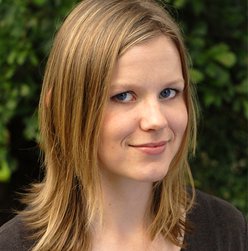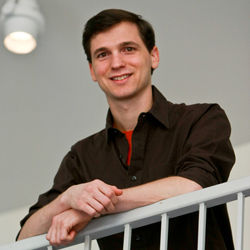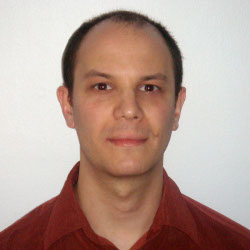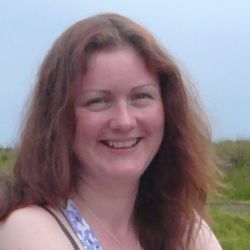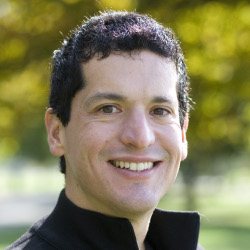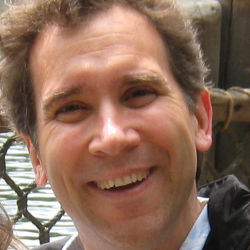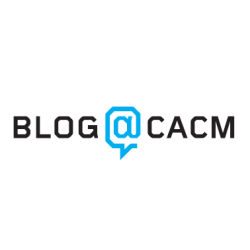CSCW Day 3: Homelessness & Technology
BLOG@CACM
Thinking Globally, Thinking Locally: Infrastructures For Collaboration
Terms of Service, Ethics and Bias
Investigating Old Problems in a New Light at CSCW, Day 2
Clay Shirky: Doing Work, or Doing Work?
Paucity to Plethora: Jevons Paradox
The Impact of Open Source on Computing Education
Computer Science Student Recruitment Tips
Third Workshop on Search and Social Media (SSM 2010)
School Pupils’ Attitudes to Programming: ‘What’s That?’
Why Do Software Developers Tolerate ‘Crunch Time’?
Connecting Women and Technology
Are There Too Many IT Jobs or Too Many IT Workers?
Showcasing European Computer Science
Software Engineering, Smartphones and Health Systems, and Security Warnings
The DARPA Network Challenge and the Design of Social Participation Systems
Shape the Future of Computing
ACM encourages its members to take a direct hand in shaping the future of the association. There are more ways than ever to get involved.
Get InvolvedCommunications of the ACM (CACM) is now a fully Open Access publication.
By opening CACM to the world, we hope to increase engagement among the broader computer science community and encourage non-members to discover the rich resources ACM has to offer.
Learn More
